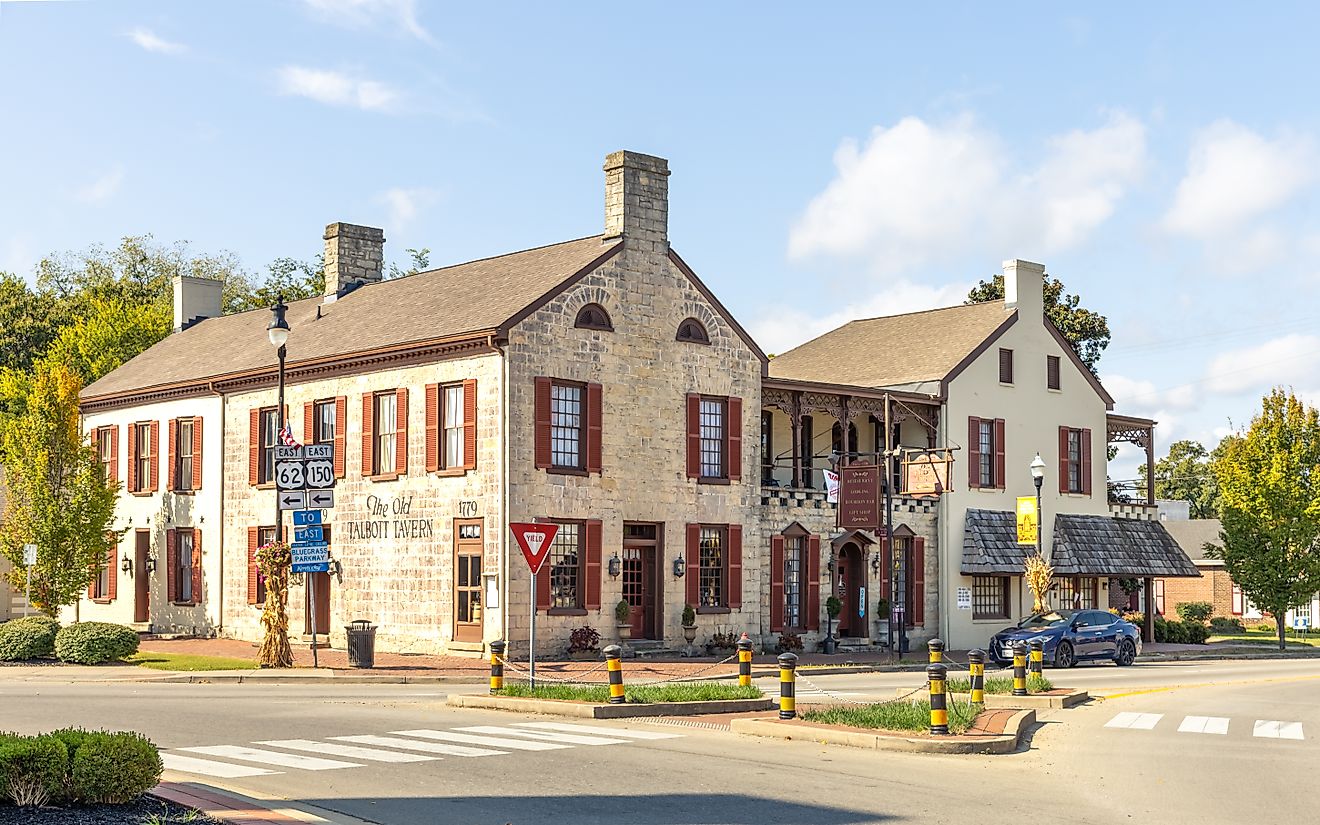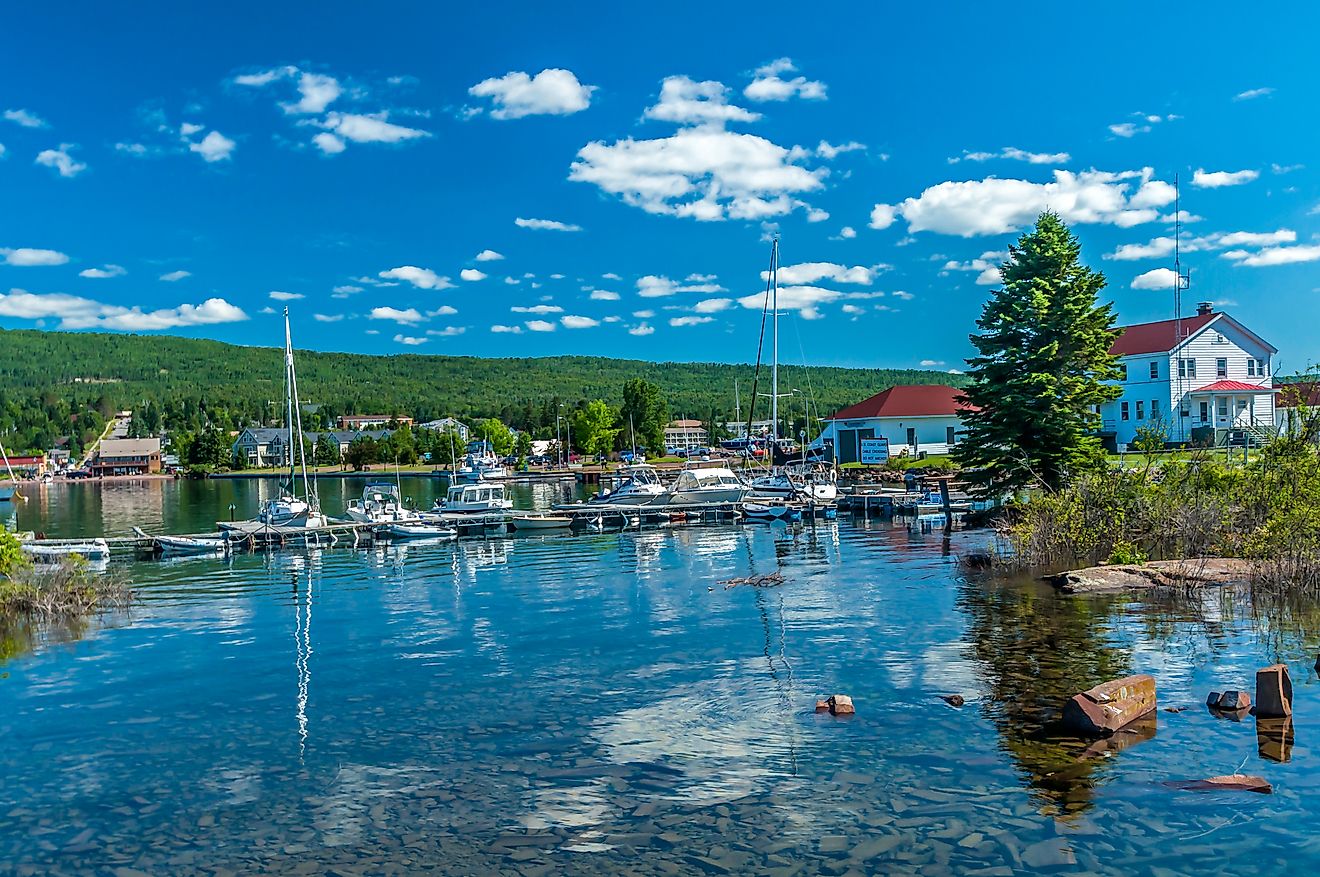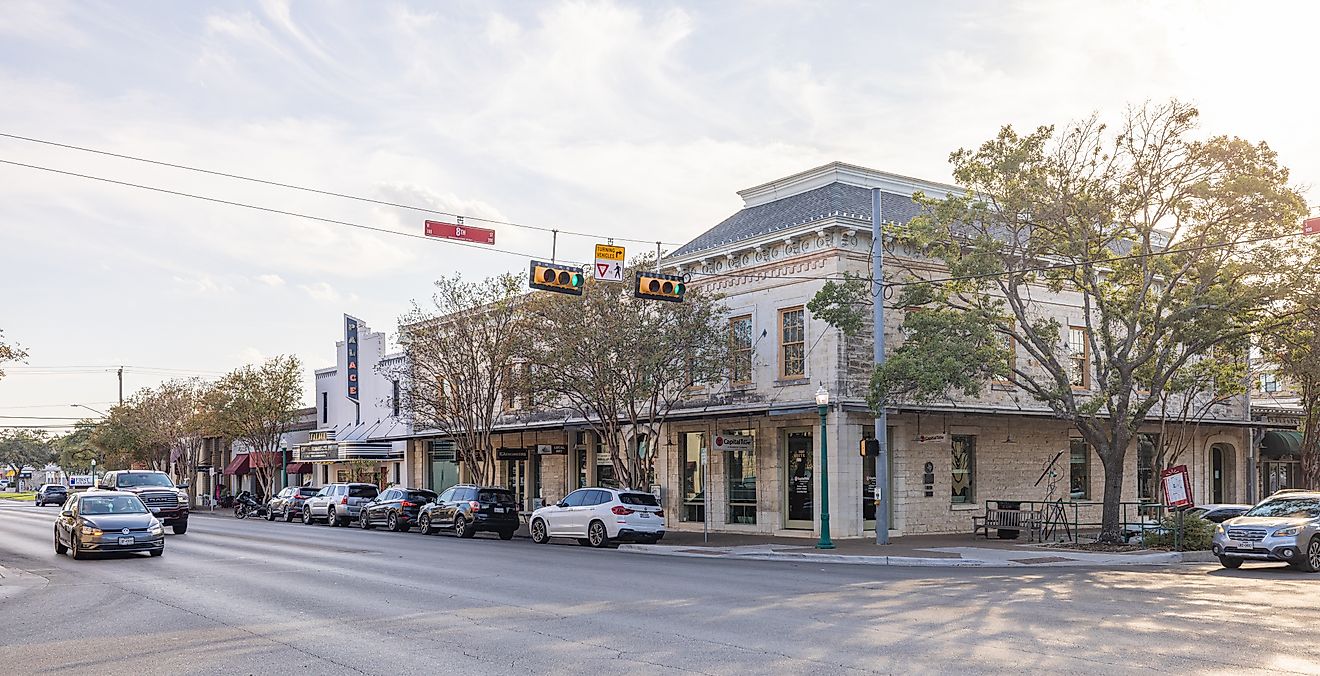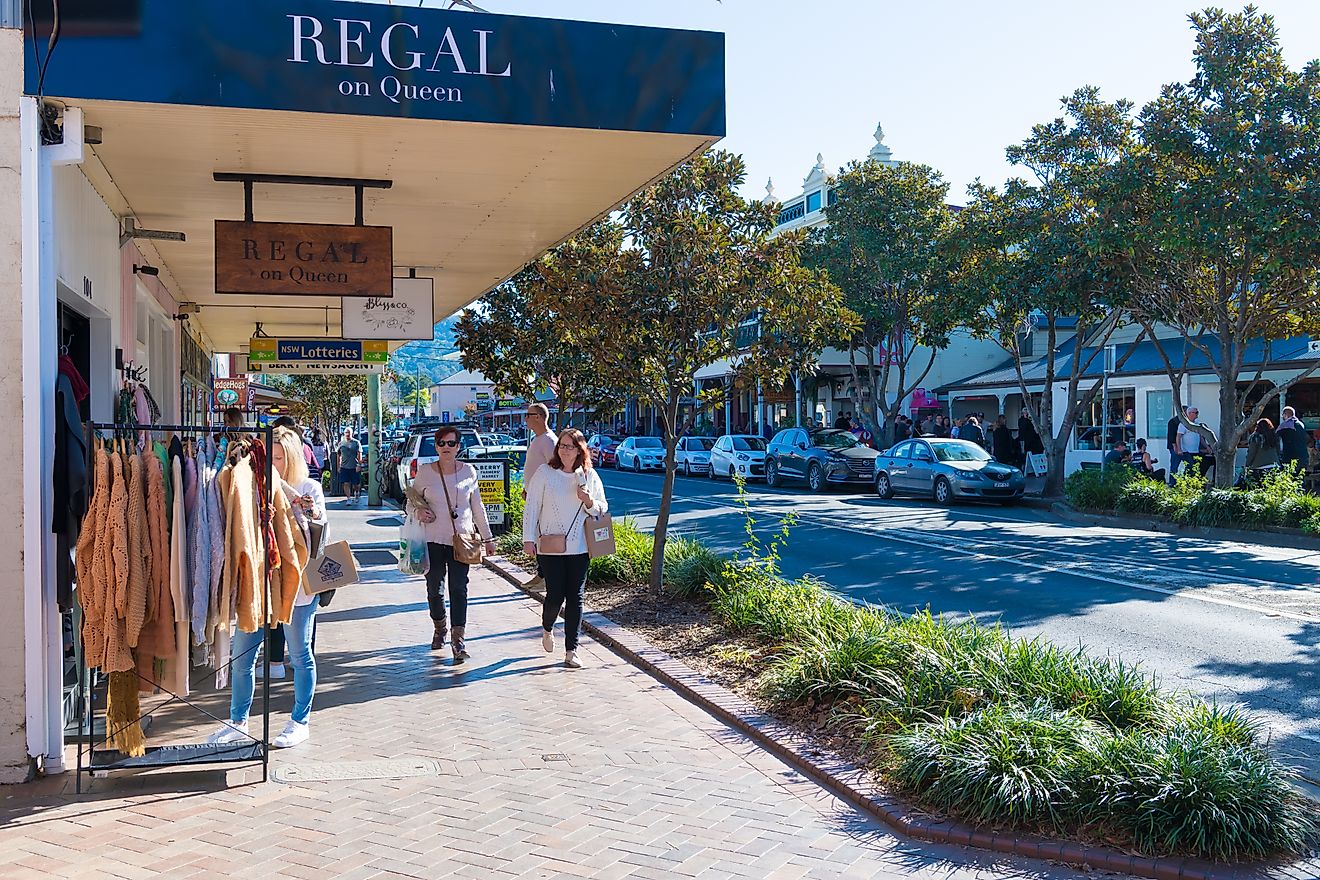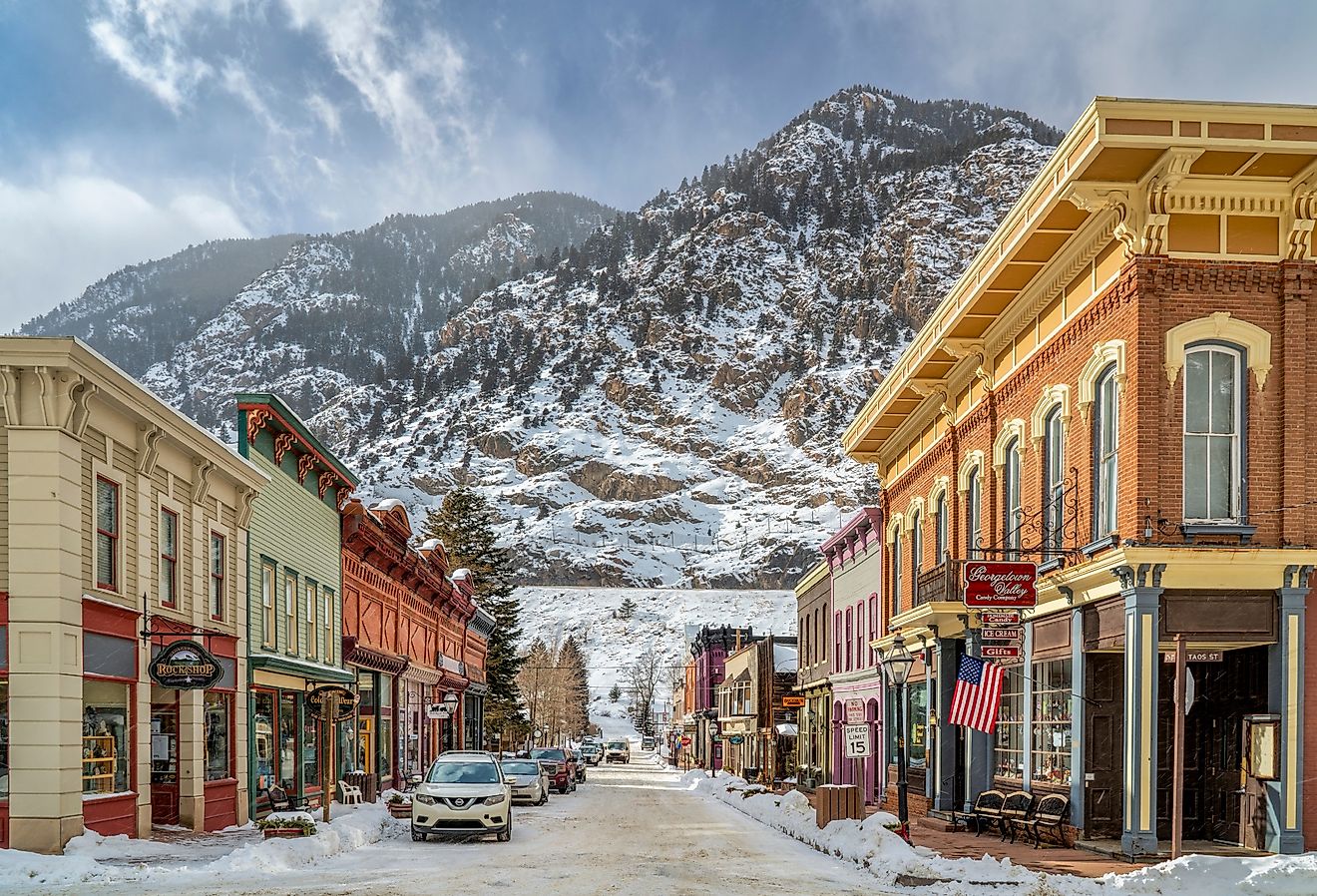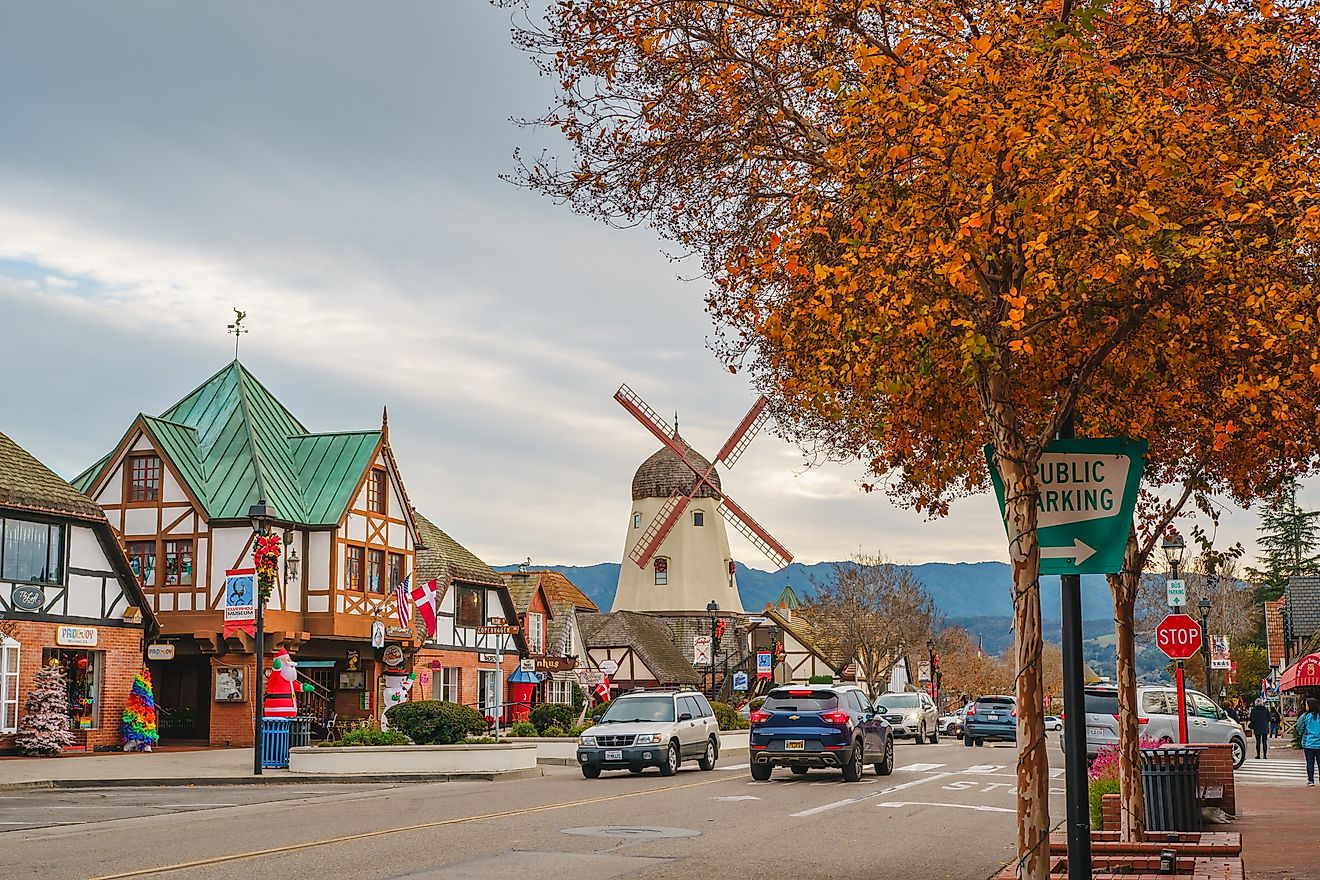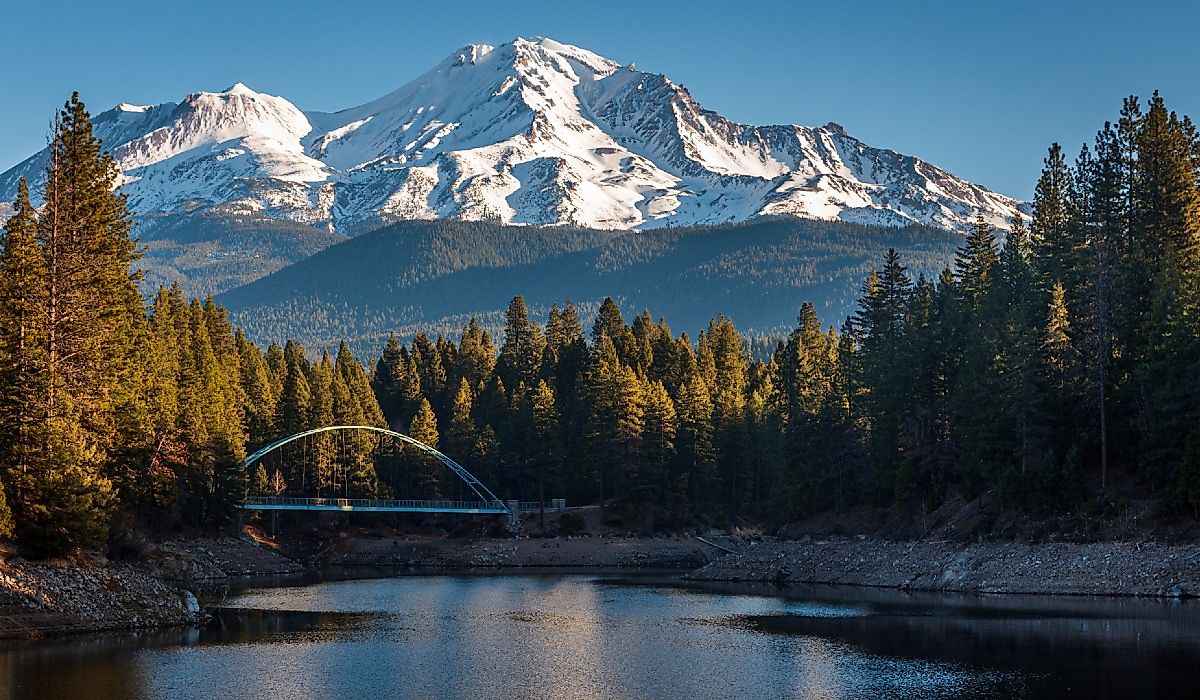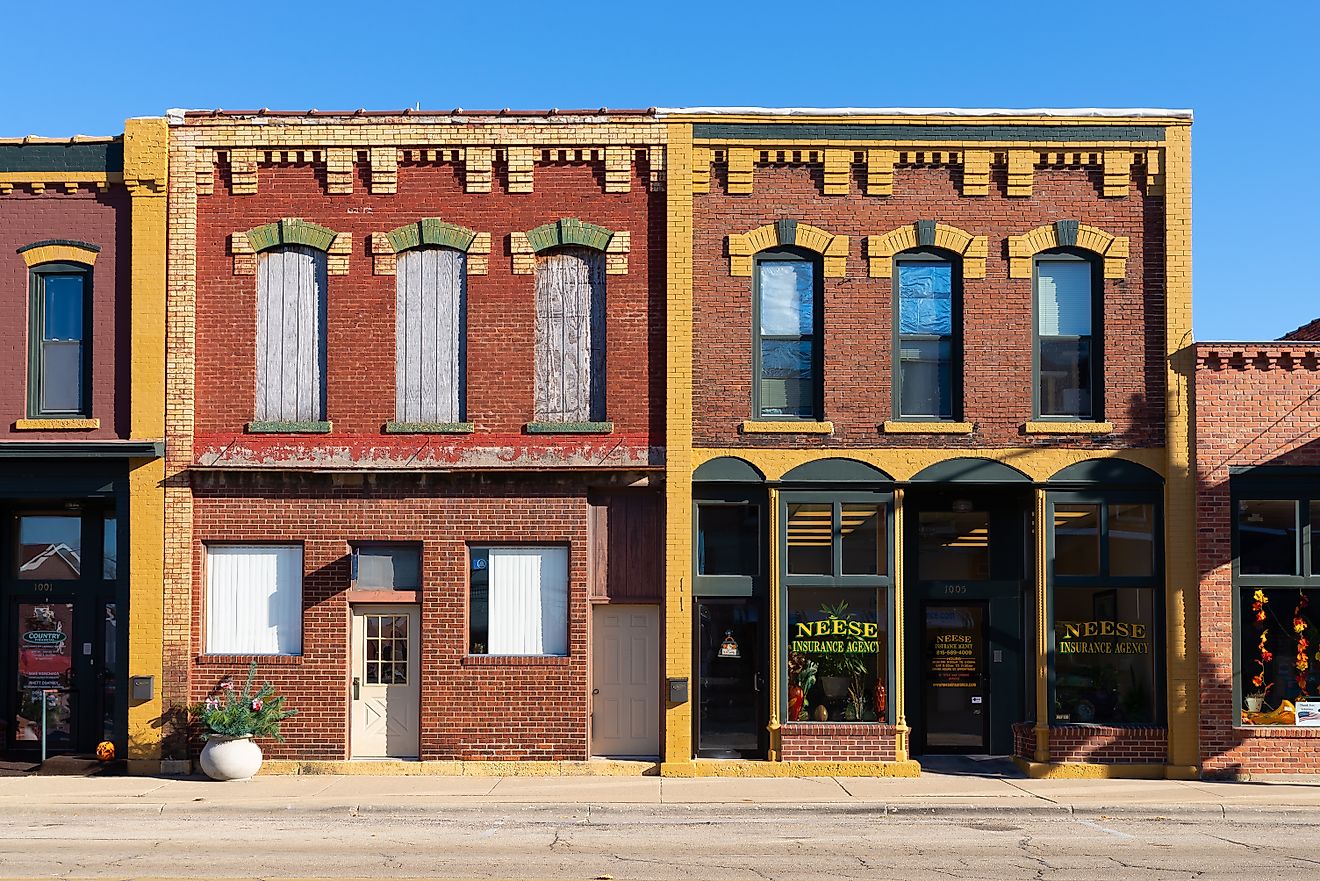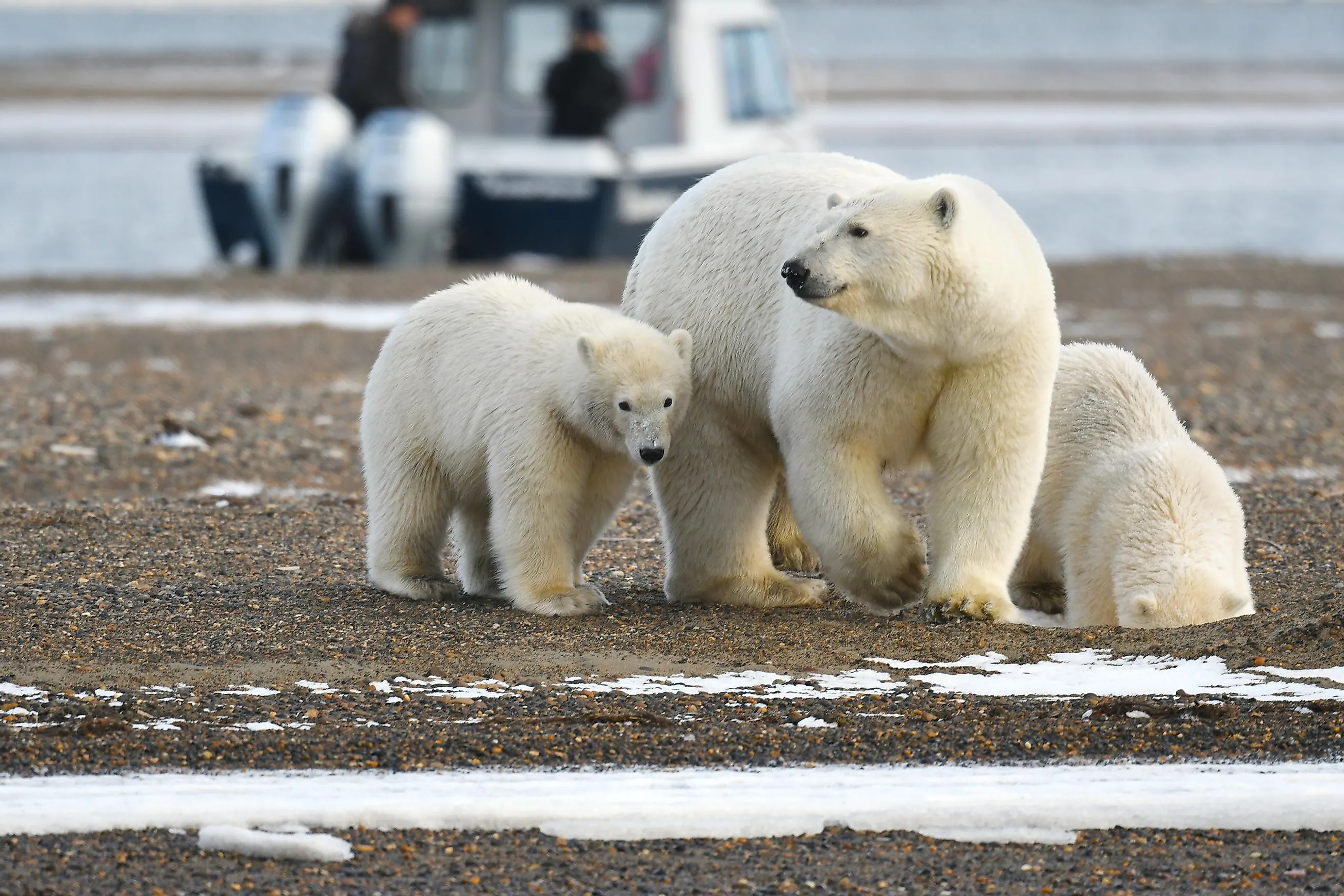
Kaktovik, Alaska - America's Polar Bear Capital
Kaktovik (or Inuuniagviat Qaaqtuvigmiut) is a small Inupiat whaling community in Northern Alaska. In recent years, this isolated island village has gained popularity amongst adventure tourists owing to the seasonal influx of polar bears. Many companies have capitalized on this trend by offering boat tours, which allow customers to safely view the "Kings of the Arctic" as they forage along the shoreline. While in town, visitors can also witness the ancestral whaling practices that are integral to the well-being and cultural preservation of the Alaska Natives. As of 2020, there were 283 permanent residents in Kaktovik.
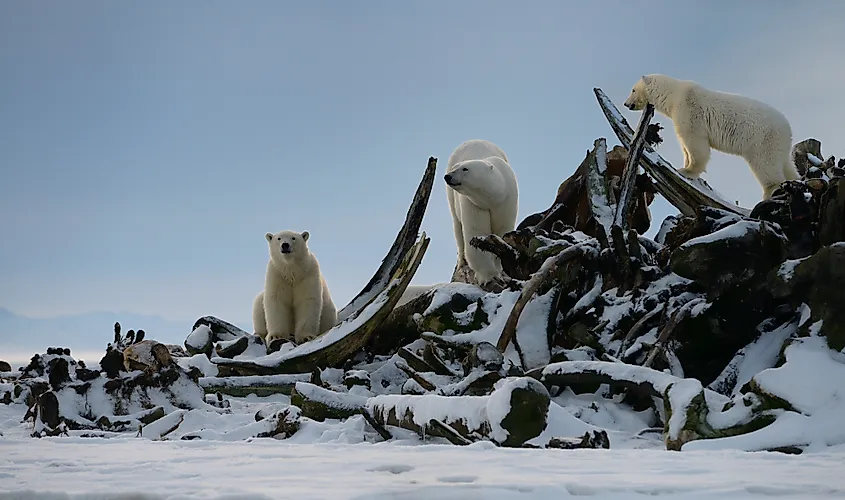
Geography/Getting to Kaktovik
The city of Kaktovik occupies approximately one square mile in the borough of North Slope, on the Northeastern shore of Barter Island, which itself is off the coast of Northeastern Alaska. Barter Island is surrounded by Arey Lagoon (to the West), Kaktovik Lagoon (to the East), the Beaufort Sea, which transitions to the Arctic Ocean (to the North), and the massive Arctic National Wildlife Refuge (to the South). Barter Island also sits roughly 50 miles North of the Brooks Range, 70 miles West of the Canadian border, 120 miles East of the community of Deadhorse, and 382 miles North of the city of Fairbanks (i.e., the closest international airport).
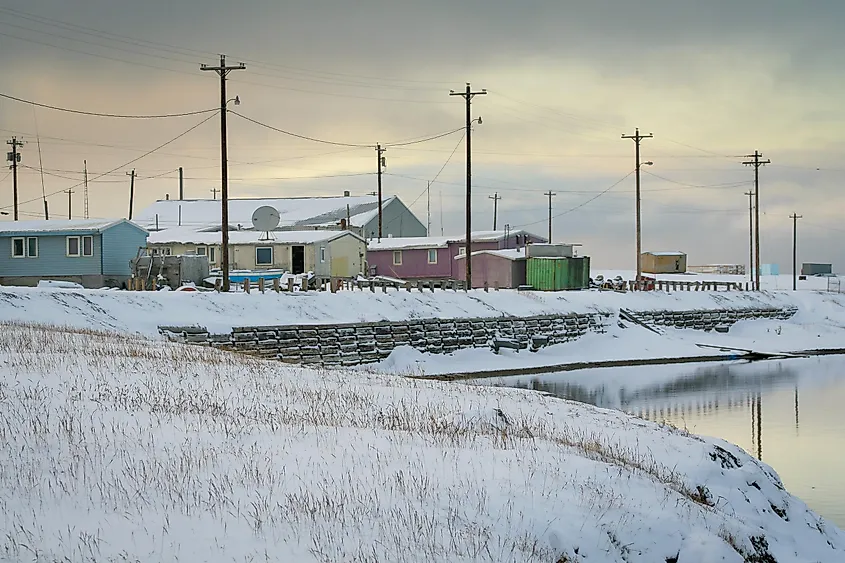
Kaktovik is connected to mainland Alaska by ice in the winter, separated by a shallow lagoon in the summer, and is accessible by plane using the Barter Island Long Range Radar Service Airport. Tour companies operate locally, as well as out of Fairbanks and Anchorage (transportation included).
The Polar Bears
The polar bear (Ursus maritimus) is the largest species of bear in the world. Females can range in size from 300 to 700 pounds, while males can grow as large as 800 to 1,300 pounds and reach six to nine feet in length. The estimated global population is between 22,000 and 31,000 (spread across the sea ice of Arctic waters and adjacent coastal areas). The International Union for Conservation of Nature (IUCN) classifies polar bears as Vulnerable on their Red List of Threatened Species.
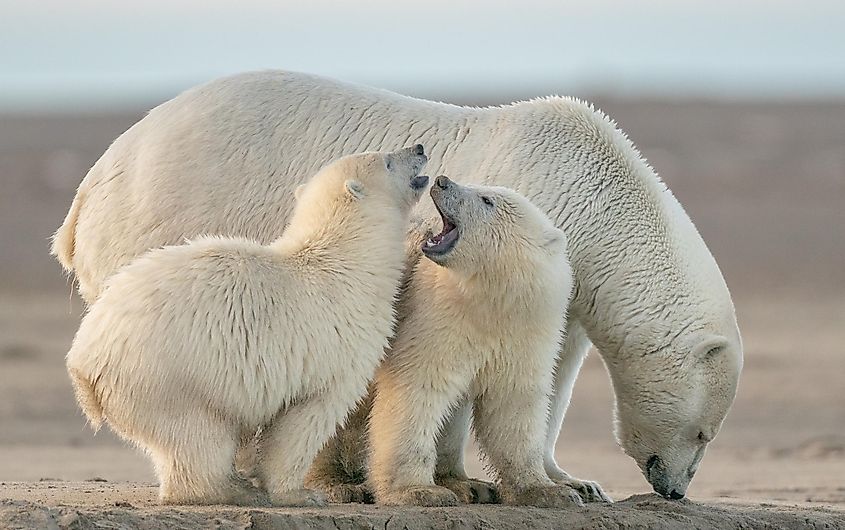
During the fall, polar bears wander onto Barrier Island - freely roaming the shoreline and even through the village streets. They are drawn to the carcasses of bowhead whales that are leftover from the whaling season. The residents of Kaktovik see this as a mutually beneficial arrangement, as the bears act as a clean-up crew, consuming even the bones. Kaktovik is one of eleven whaling communities that are part of the Alaska Eskimo Whaling Commission - an organization that continues the subsistence hunting traditions of the Inupiat and Siberian Yupik Eskimos.
Even though easy foraging is a major draw for these bears, residents of Kaktovik have only recently been graced with their presence. As the Arctic sea ice continues to retreat over time, the bears have begun taking to the coast more regularly. When word got out about these revered apex predators, visitors began to flock to the town, hoping to catch a glimpse. This flow of tourists brought economic opportunity but also some challenges for the residents of Kaktovik.
Guidelines For Visitors
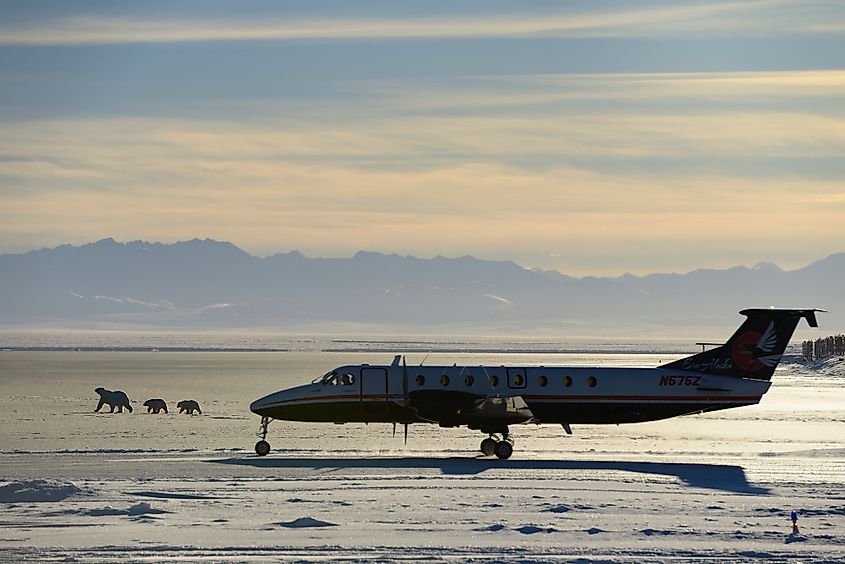
In order to successfully manage polar bear tourism, the community of Kaktovik requests that all visitors be cognizant of the following guidelines (provided by the Kaktovik Youth Ambassadors):
- Please be respectful when visiting our community. We welcome safe and respectful viewing of polar bears and whaling activities.
- Take photos from a distance (and consider asking for permission if the pictures are of residents). Obey barriers set to ensure safe viewing.
- To continue communities' traditional food-gathering activities, federal law permits community members to hunt bowhead whales. Please respect these traditional activities by staying out of the way during butchering.
- When you view polar bears, use a trained guide. This will ensure safe conduct that obeys federal polar bear protection.
- It is ok to purchase handcrafted items made from marine mammals. U.S. federal law allows only Alaska Native people to make handcrafted items from marine mammals killed after the 1972 law was passed. An Alaska Native-made handicraft from a marine mammal part may be purchased or sold by anyone.
- Except for handicraft items, it is illegal for non-Native people to purchase, sell, or transport marine mammal parts. Before you purchase, ensure that exporting from the U.S. and importing to your country is legal. Also ensure you have the paperwork needed for exporting and importing marine mammal parts. Additional safety information can be found at the local hotels and Kaktovik community center.
Kaktovik may be small, but it has a lot to offer. Not only has the recent influx of polar bears made it the go-to spot for viewing these wild and powerful creatures, but visiting this community is also a great way to learn about, and participate in, Alaska-Native culture - all while backdropped by an other-wordly, Arctic setting.

